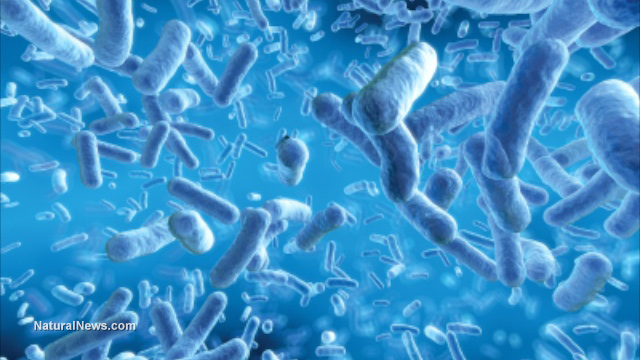Fighting antibiotic resistance in space: NASA sent E.coli into space to see how the superbug fares in hostile conditions
08/30/2018 / By Ralph Flores

We’ve launched nearly everything into space — from coins to recordings, to images of cities, we’ve even sent up dirt and toys. Just when you think that we’ve already launched every conceivable thing into orbit, scientists over the National Aeronautics and Space Administration (NASA) have launched a bacteria strain in space to see how it would react in space-like conditions.
The project, known as the E. coli Anti-Microbial Satellite (EcAMSat), is designed to understand the genetic basis of how useful antibiotics are in fighting E. coli bacteria in low-gravity space. Through this project, scientists hope this will shed light on how we fight infections in space to provide a safer environment for astronauts as well as apply the results of the study of medicines on Earth. (Related: Shapeshifting bacteria? Scientists discover how E. coli in space becomes antibiotic resistant.)
A. C. Matin, the principal investigator for the EcAMSat investigation at Stanford University in California says the project is crucial if we are to continue space exploration in the near future. “If we find resistance is higher in microgravity, we can do something, because we’ll know the gene responsible for it, and be able to design countermeasures,” he said. “If we are serious about the exploration of space, we need to know how human vital systems are influenced by microgravity.”
In microgravity, scientists believe that bacteria like E. coli may experience stress. Defense mechanisms will then be activated in the bacteria to cope with stress due to experiencing microgravity. This effect makes it harder for antibiotics be effective against them. Bacteria on earth undergo a similar process by developing a natural resistance to traditional antibiotic treatments. According to scientists, understanding how E. coli resists antibiotics changes in space can lead to more effective ways to treat the bacteria on Earth too.
For the study, the bacteria were launched into space in a dormant state. They were then given a nutrient-rich fluid, and their temperatures were adjusted to mimic the human body once they were in orbit. Two samples of E. coli were used in this project: one sample contained a gene that makes it resistant to antibiotics and one without.
The samples were then injected with antibiotics and monitored to see how the bacteria will react to it. A dye was mixed with the bacteria samples to monitor their reactions to the antibiotic. If the bacteria were to thrive despite the antibiotic treatment, the sample would turn pink. However, if the bacteria were to die as a result of the treatment, the sample would turn blue. The experiment lasted for 150 hours, and results were transmitted via radio.
NASA completed the EcAMSat mission without incident on November 30, 2017. Initial reports state that both strains of bacteria had grown in space. Scientists are now in the process of understanding the results in order to derive more conclusive answers regarding the resistance of bacteria in space.
E. coli (also known as Escherichia coli) are a diverse group of bacteria. Some of these bacteria are helpful — there are some E. coli strains that live in your gut and are helpful in digestion. However, there are some strains that are pathogenic. Some symptoms of E. coli infections include stomach cramps, diarrhea, and vomiting. For the EcAMSat mission, the bacteria strands used are those responsible for urinary tract infections which are common occurrences for astronauts in space.
For more stories on space, head over to Space.news today.
Sources include:




















